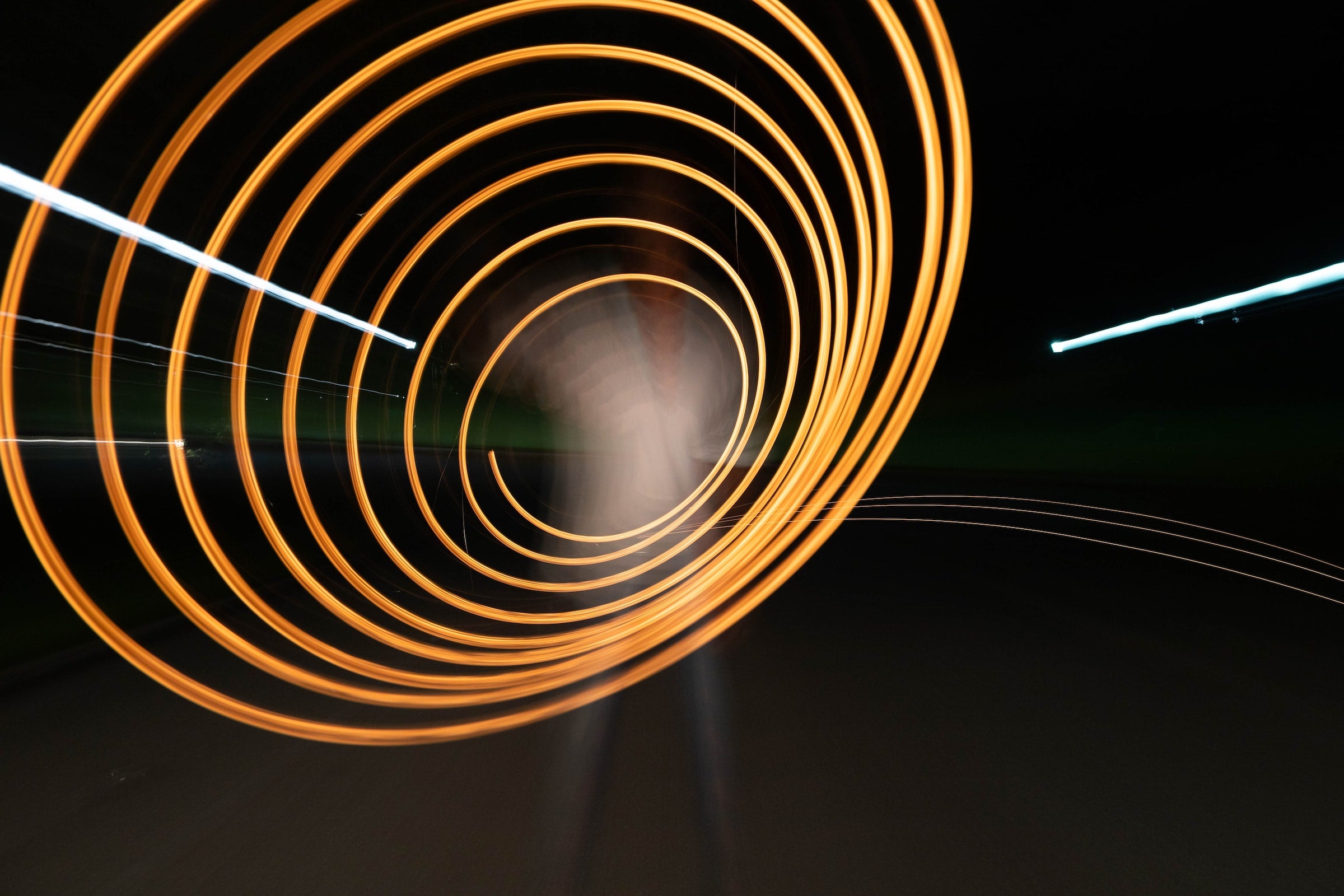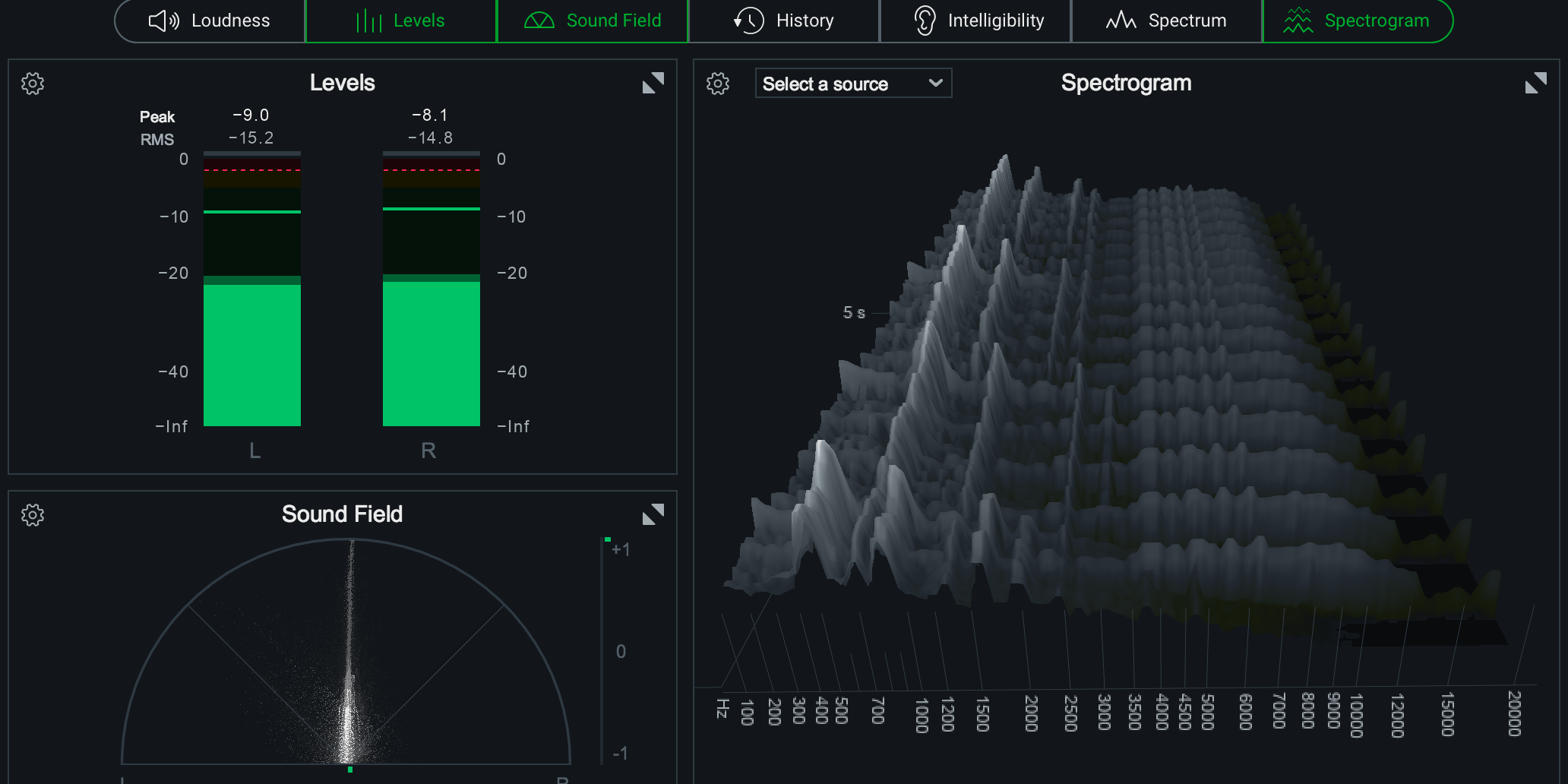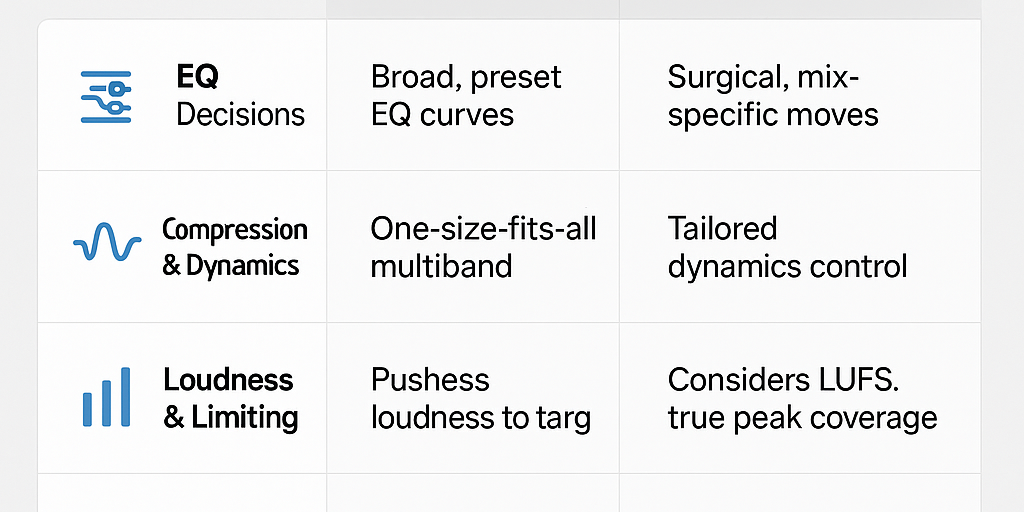Mastering is the final step in the audio production process, and it's essential for creating a polished, professional sound. But mastering is not just limited to music production, it's also an important aspect of sound design. In sound design, mastering is used to create unique and immersive soundscapes that enhance the overall audio experience. In this post, we will be discussing mastering for sound design and how it can be used to create unique and immersive soundscapes.
First and foremost, mastering for sound design is all about creating a sense of space and depth. This is achieved by using equalization (EQ) to shape the frequency spectrum of the soundscape, and by using dynamic processing tools such as compression and limiting to control the overall loudness and balance of the sounds. EQ can be used to accentuate or reduce certain frequencies in the soundscape, creating a sense of depth and space. For example, boosting the low frequencies can create a sense of warmth and depth, while reducing the high frequencies can create a sense of distance and space.
Another important aspect of mastering for sound design is the use of stereo imaging. This is the process of creating a sense of width and depth in the stereo field. By using stereo imaging tools such as stereo wideners and panning, sound designers can create a sense of movement and depth in the soundscape. For example, using a stereo widener to widen the stereo image of a sound can create a sense of spaciousness, while panning a sound left and right can create a sense of movement and direction.
Once the soundscape has been shaped and balanced using EQ and stereo imaging, it's important to use dynamic processing tools such as compression and limiting to control the overall loudness and balance of the sounds. Compression can be used to even out the levels of different sounds, making them sound more cohesive and polished. Limiting can be used to increase the overall loudness of the soundscape, making it more impactful and immersive.
Mastering for sound design is all about creating a sense of space and depth in the soundscape. By using EQ, stereo imaging, and dynamic processing tools, sound designers can create unique and immersive soundscapes that enhance the overall audio experience. Remember to always pay attention to the details and make sure everything works together, creating a cohesive soundscape. As always, listen carefully to your work and make adjustments as necessary to achieve the desired result.



